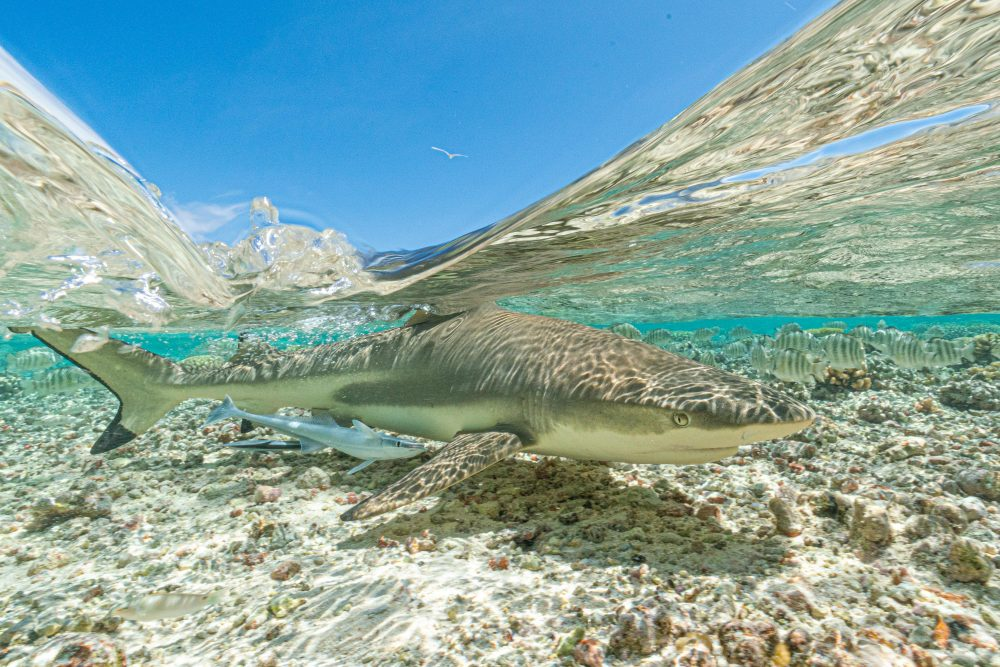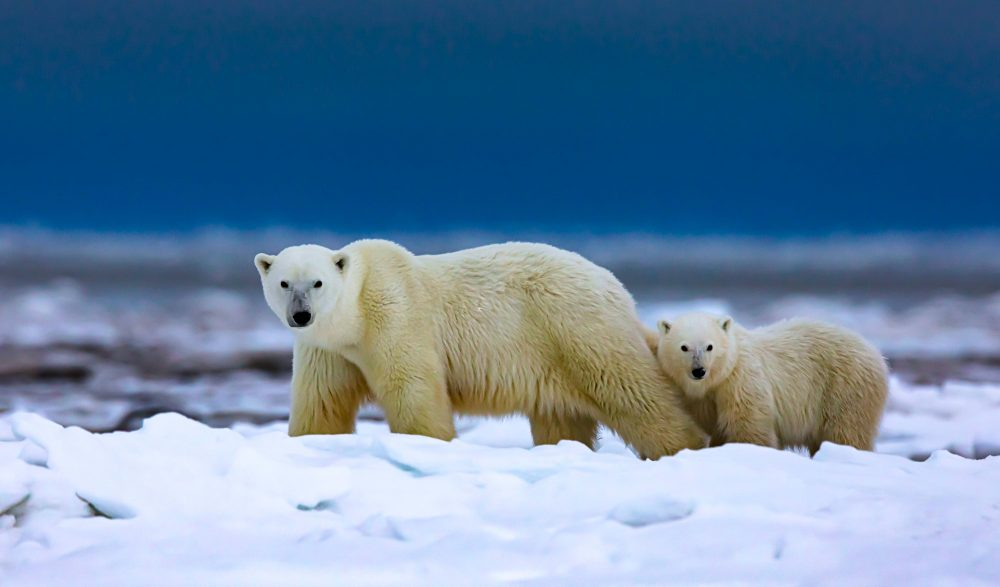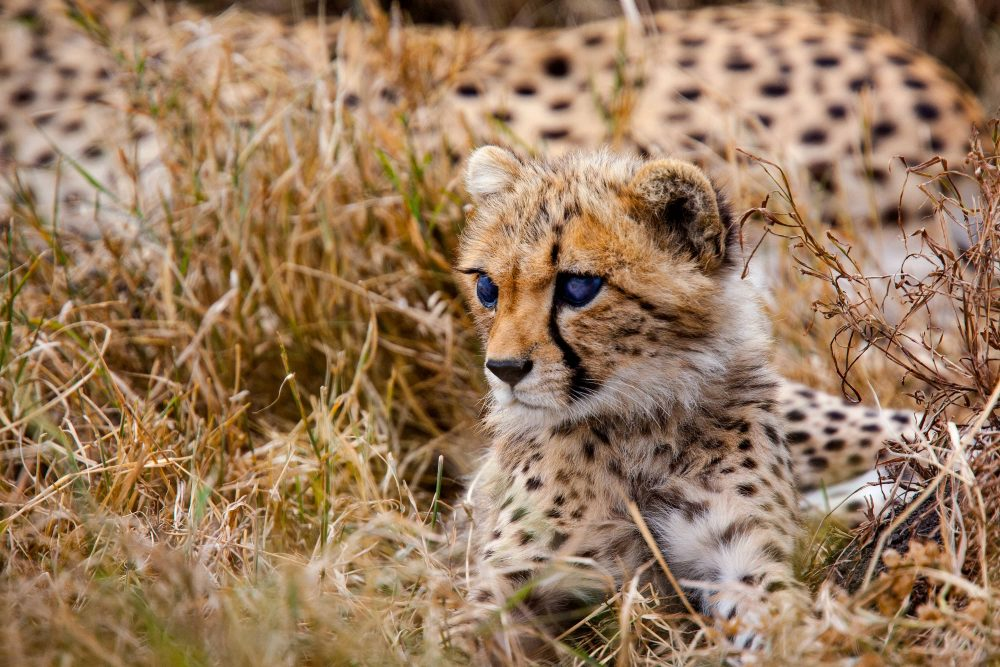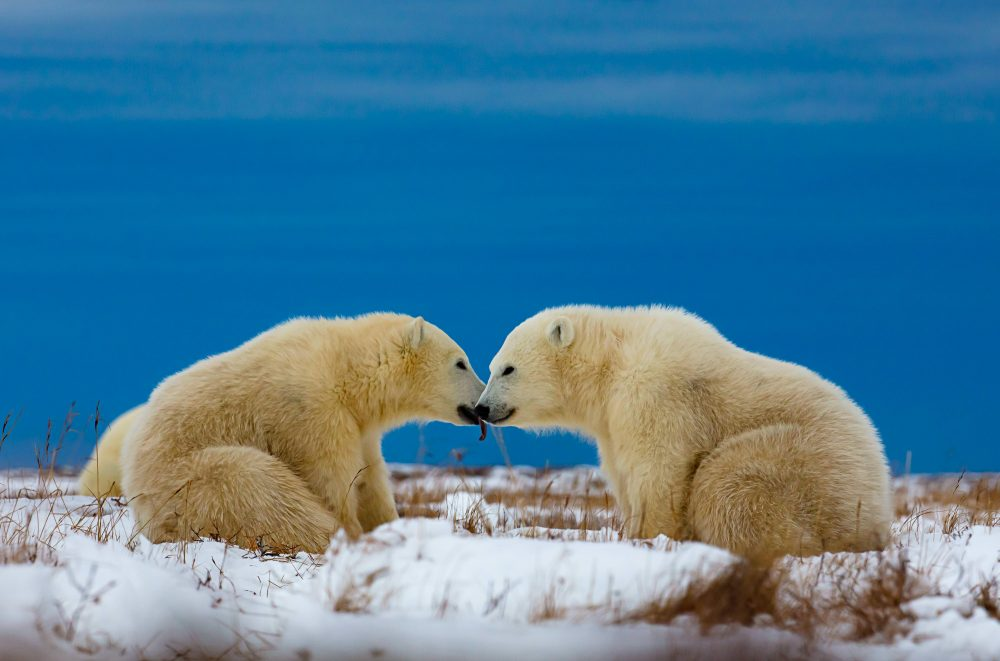In wildlife photography, light is not just a technical factor, it is the brushstroke that paints every scene. For Marko Dimitrijevic, understanding and mastering natural lighting is central to capturing the drama, mood, and texture of the wild. Every moment outdoors is a delicate interplay of sun, shadow, and reflection, and the photographer’s ability to interpret it can transform a simple snapshot into a powerful story.

The Golden Hours: Nature’s Spotlight
Few principles are as vital as the golden hours, short periods after sunrise and before sunset when sunlight is soft, warm, and directional. During these times, landscapes glow, and animals are often most active.
“In Africa, I’ve spent entire mornings waiting for the perfect light to hit a lion’s mane or the grasslands at just the right angle,” Marko recalls. The warm light enhances texture, creates depth, and evokes emotion, making the scene feel alive. Golden hours aren’t just about beauty; they provide the perfect conditions to reveal the true character of wildlife.
Harsh Midday Light: Challenges and Opportunities
Midday sun can be harsh, producing strong shadows and high contrast that make photography challenging. Yet, Marko sees opportunities in these conditions.
“Midday light requires creativity,” he explains. “You can use shadows to create patterns, focus on details like fur or feathers, or turn silhouettes into dramatic compositions.” By adjusting exposure, using lens hoods, and seeking natural diffusers like trees or rocks, photographers can transform difficult light into striking imagery.
Diffused Light: Clouds and Rain
Overcast skies provide soft, diffused light, ideal for capturing color and detail without harsh shadows. Rainy or misty conditions also offer unique opportunities for water droplets on leaves, reflections in puddles, and the atmospheric mood of foggy forests.
“Diffused light is forgiving and allows you to reveal textures that harsh sunlight might wash out,” Marko says. “It’s subtle, quiet, and perfect for intimate wildlife portraits.” Learning to recognize and utilize these conditions is key to expanding a photographer’s creative toolkit.
Direction and Angle: The Photographer’s Choice
Understanding the direction of light is as important as recognizing its quality. Side lighting can create depth and dimensionality, backlighting can produce silhouettes or halo effects, and front lighting can emphasize color and detail.
Marko often moves strategically to position himself relative to the sun. “Sometimes I’ll crawl for hours or shift a few meters to catch the light hitting a bird’s wing just right,” he notes. Anticipating and using natural light effectively turns a technical challenge into a storytelling advantage.

Reflectors and Natural Bounces
While the wild doesn’t come with studio lights, photographers can use natural reflectors such as water, sand, or pale rock surfaces to bounce light onto their subject. These subtle techniques help illuminate shadows and bring out hidden details.
“During a rainforest shoot, I noticed sunlight reflecting off a small puddle onto a jaguar’s face,” Marko recalls. “It created a natural spotlight I couldn’t have planned. Sometimes the environment itself becomes part of your lighting setup.”
Patience and Timing
The essence of natural lighting in wildlife photography is patience. Animals don’t move on cue, and the sun doesn’t linger where you want it. Capturing the perfect moment requires observing both light and wildlife simultaneously.
“You often wait hours, sometimes days, for the right light to intersect with the right behavior,” Marko explains. “It’s a dance between nature and photography, and when it comes together, the result is unforgettable.” Patience is the hidden ingredient that makes natural light truly magical.
Post-Processing: Enhancing, Not Creating
Light can be enhanced during post-processing, but Marko emphasizes that it should never be artificially created. Adjusting exposure, contrast, and highlights can bring out the mood captured in-camera, but the essence of the scene must remain true to what was observed in the wild.
“Editing should feel like translation, not invention,” he says. “Your role is to communicate what you witnessed, not fabricate it.” Authenticity preserves the integrity of wildlife photography and strengthens the connection between the image and its viewers.

Mastering Light as Storytelling
Ultimately, light is a storytelling tool. It directs attention, sets mood, and emphasizes the natural beauty of wildlife. Marko’s expertise lies not just in technical knowledge, but in observing, anticipating, and creatively using light to reveal the hidden life of the wild.
Understanding light transforms wildlife photography from documentation into narrative. It allows photographers to convey emotion, highlight behaviors, and immerse viewers in environments they may never experience firsthand. In the hands of a skilled photographer, light becomes a companion, guiding both the subject and the story to its full impact.


